Home>Interior Design>How To Wash Stuffed Animals And Ensure Favorites Stay Fresh
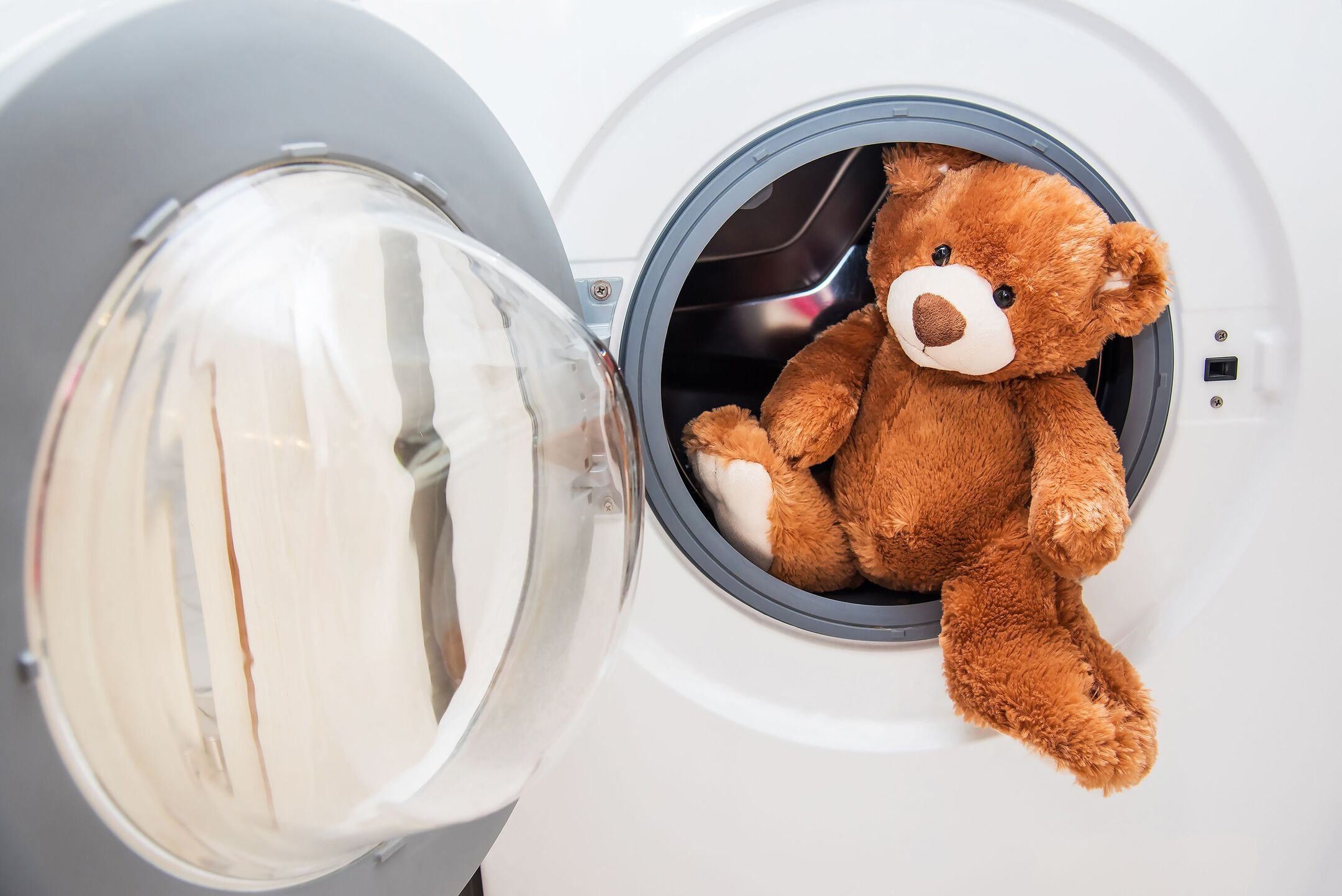

Interior Design
How To Wash Stuffed Animals And Ensure Favorites Stay Fresh
Modified: January 5, 2024
Learn how to wash stuffed animals and keep your child's favorites looking and smelling fresh with these interior design tips and tricks.
(Many of the links in this article redirect to a specific reviewed product. Your purchase of these products through affiliate links helps to generate commission for Storables.com, at no extra cost. Learn more)
Introduction
Stuffed animals are more than just soft and cuddly companions; they become cherished treasures filled with memories and sentimental value. Whether it’s a beloved childhood teddy bear or a collection of adorable plush toys, these stuffed animals can accumulate dirt, dust, and odors over time. That’s why it’s important to know how to properly wash them and ensure that your favorites stay fresh and clean.
In this article, we will guide you through the process of washing stuffed animals in a way that is safe and effective. We will explore different types of stuffed animals that can be washed, the supplies you will need, and provide a step-by-step guide for both machine washing and hand washing. Additionally, we will share tips on how to dry and sanitize stuffed animals, as well as how to maintain their freshness for years to come.
So, if you have a collection of well-loved stuffed animals or a child’s beloved toy that is in need of a refresh, stick around to learn the best practices for washing stuffed animals and keeping them looking and smelling their best.
Key Takeaways:
- Regularly washing and sanitizing stuffed animals is crucial for maintaining their cleanliness, freshness, and longevity. Different types of stuffed animals require specific cleaning methods to ensure their integrity and appeal.
- Incorporating regular spot cleaning, vacuuming, and proper storage can help maintain the freshness and cleanliness of stuffed animals. Following care instructions, gathering essential supplies, and being patient during the drying process are key to effective cleaning.
Why is it important to wash stuffed animals?
Washing stuffed animals is important for several reasons. Firstly, stuffed animals often harbor dust, dirt, and allergens that can accumulate over time. Regular washing helps to eliminate these particles, reducing the risk of allergies and respiratory issues for both children and adults.
Additionally, stuffed animals can become a breeding ground for bacteria and germs. They are often handled by children who may have sticky fingers or cough and sneeze around them. Washing stuffed animals helps to remove bacteria and prevent the spread of illnesses.
Another reason to wash stuffed animals is to eliminate unpleasant odors. Over time, stuffed animals can develop a musty or stale smell, especially if they have been stored in damp or dusty environments. Washing them can help to freshen them up and restore their pleasant scent.
Furthermore, washing stuffed animals can help to prolong their lifespan. Dirt and grime can cause fabric fibers to break down, leading to wear and tear. By regularly washing and caring for stuffed animals, you can keep them in good condition and ensure they last for many years to come.
Lastly, washing stuffed animals is essential for maintaining their aesthetic appeal. Stuffed animals often serve as decorative pieces in children’s bedrooms or playrooms, and dirty or stained toys can detract from the overall look and feel of the space. Keeping them clean and presentable enhances their visual appeal and makes them more enjoyable to interact with.
Overall, washing stuffed animals is crucial for the health, hygiene, and longevity of these cherished companions. By taking the time to clean them regularly, you can ensure that they remain safe, fresh, and looking their best for many years of love and play.
Types of stuffed animals that can be washed
Not all stuffed animals are created equal when it comes to washing. While some may withstand a machine or hand wash, others may be more delicate and require alternative cleaning methods. Here are the different types of stuffed animals and their washability:
- Machine washable: Many modern stuffed animals are designed to be machine washable. These typically have a label or tag indicating that they can be safely laundered. Machine washable stuffed animals are generally made from durable materials that can withstand the agitation and water immersion of a washing machine.
- Spot clean only: Some stuffed animals have specific areas that are not suitable for a full wash. These may include electronic components, delicate embellishments, or interiors that cannot withstand moisture. For such toys, spot cleaning with a cloth or sponge using mild soap and water is recommended.
- Hand washable: Certain stuffed animals may not be suitable for machine washing but can be safely hand washed. This includes toys with delicate fabrics, intricate details, or plush materials that may become damaged in a washing machine. Hand washing allows for gentler cleaning and more precise control over the process.
- Dry clean only: There are also stuffed animals that require professional dry cleaning due to their construction or materials. These toys often have delicate fabrics, intricate beading, or are filled with materials that cannot be submerged in water. It is important to carefully follow the care instructions provided by the manufacturer for these toys.
Before washing any stuffed animal, it is essential to read and follow the care instructions provided by the manufacturer. These instructions will ensure that you clean the toy in a way that preserves its integrity and extends its lifespan. If the stuffed animal lacks care instructions or you are unsure about its washability, it is best to err on the side of caution and opt for spot cleaning instead.
By understanding the various types of stuffed animals and their washability, you can decide on the best cleaning method for each toy in your collection. This will help you maintain their cleanliness and keep them looking their best for years to come.
Gathering supplies
Before you begin the process of washing your stuffed animals, it’s important to gather all the necessary supplies. Having everything on hand will make the process smoother and more efficient. Here are the essential supplies you will need:
- Mild detergent: Choose a gentle, hypoallergenic detergent that is suitable for delicate fabrics. Avoid using harsh detergents that contain bleach or strong chemicals, as these can damage the materials of the stuffed animals.
- Stain remover (optional): If your stuffed animals have stubborn stains or spots, it may be helpful to have a stain remover on hand. Look for a stain remover that is safe for use on fabrics and follow the instructions provided.
- Soft-bristle brush: A soft-bristle brush, like a toothbrush or a baby brush, can be useful in gently removing dirt and grime from the surface of the stuffed animals. Make sure the brush is clean and free from any residue that could transfer onto the toys.
- Large mesh laundry bag: If you are planning to machine wash your stuffed animals, a large mesh laundry bag will help protect them from excessive agitation. This will prevent any small parts or delicate embellishments from getting damaged or detached during the wash cycle.
- Clean towels: Having clean towels on hand is essential for the drying process. You will use them to absorb excess water from the stuffed animals and provide a soft surface for them to dry on.
- Soft cloth or sponge: For hand washing or spot cleaning, a soft cloth or sponge is ideal. Choose a gentle material that won’t scratch or damage the surface of the stuffed animals.
- Warm water: Depending on the washing method you choose, you will need access to warm water. Make sure the water is not too hot to avoid damaging the toys.
By gathering these supplies beforehand, you will have everything you need to effectively clean your stuffed animals. Keeping these essentials organized in a designated area will simplify the process and ensure a successful washing experience.
Step-by-step guide to washing stuffed animals
Follow these step-by-step instructions to safely and effectively wash your stuffed animals:
- Read the care instructions: Before starting, carefully read the care label or any instructions provided by the manufacturer. This will help you determine the best method for washing the specific stuffed animal.
- Check for loose parts: Inspect the stuffed animal for any loose parts, such as buttons, beads, or ribbons. If these can be detached easily, it’s recommended to remove them before washing to prevent damage or loss.
- Pre-treat stains (if necessary): If you notice any stains on the stuffed animal, apply a small amount of stain remover to the affected area and gently dab it with a clean cloth. Allow the stain remover to sit for a few minutes before proceeding to the next step.
- Machine wash (if applicable): If the stuffed animal is machine washable, place it inside a large mesh laundry bag to protect it during the wash cycle. Use the gentle cycle and cold water setting to minimize any potential damage. Add a small amount of mild detergent to the machine and start the cycle. Avoid using bleach or fabric softener, as these can be too harsh for the plush toy.
- Hand wash: If the stuffed animal is not machine washable or you prefer to hand wash it, fill a basin or sink with lukewarm water. Add a small amount of mild detergent and gently agitate the water to create suds.
- Submerge and gently wash: Submerge the stuffed animal in the soapy water and gently massage it to remove dirt and grime. Focus on areas that are visibly dirty, paying attention to details such as ears, paws, and faces. Be careful not to scrub too hard or pull on any delicate parts.
- Rinse thoroughly: After washing, thoroughly rinse the stuffed animal under cool running water to remove all soap residue. Ensure that all suds are gone, as leftover detergent can leave a sticky residue or cause skin irritation.
- Remove excess water: Gently squeeze the stuffed animal to remove excess water but avoid wringing or twisting it, as this can misshape the toy. You can also press the toy between clean towels or use a towel to absorb excess moisture.
- Reshape and air dry: Carefully reshape the stuffed animal to its original form. Avoid using heat sources such as hairdryers, as excessive heat can damage the materials. Instead, place the toy in a well-ventilated area or outdoors to air dry completely. This may take several hours or even overnight.
- Fluff and brush (if necessary): Once the stuffed animal is fully dry, fluff its fur or fabric with your fingers and use a soft-bristle brush to restore its plushness. This will help it regain its original softness and appealing appearance.
- Reattach any loose parts: If you removed any loose parts before washing, now is the time to reattach them. Make sure they are securely fastened and won’t pose any choking hazards.
By following these step-by-step instructions, you can effectively clean your stuffed animals and ensure they remain fresh and cuddly for continued enjoyment.
Read more: How To Organize Stuffed Animals
Tips for machine washing stuffed animals
Machine washing can be a convenient and effective way to clean stuffed animals. Here are some tips to ensure successful machine washing:
- Use a gentle cycle: Select the gentle cycle on your washing machine to minimize agitation and protect the stuffed animal from excessive movement.
- Use a mesh laundry bag: Place the stuffed animal inside a large mesh laundry bag to provide an extra layer of protection. This will prevent small parts or delicate embellishments from getting damaged or becoming tangled during the wash cycle.
- Avoid overloading the machine: Avoid washing too many stuffed animals at once as it can lead to insufficient water circulation and ineffective cleaning. Wash a moderate number of toys that can freely move around inside the machine.
- Choose cold water: Opt for cold water rather than hot water, as hot water can cause the fabric and stuffing to shrink or become misshapen. Cold water is gentle and less likely to damage the stuffed animal.
- Use a mild detergent: Choose a mild detergent specially formulated for delicate fabrics or baby items. Avoid using bleach or fabric softener, as they can be too harsh for stuffed animals and may cause discoloration or damage.
- Avoid the spin cycle: Once the wash cycle is complete, remove the stuffed animal from the machine and skip the spin cycle. Squeezing excess water out by hand is sufficient, as spinning can cause the toy to become misshapen.
- Drying: After removing the stuffed animal from the machine, gently squeeze out excess water and reshape it to its original form. Place the toy in a well-ventilated area or outdoors to air dry completely. Avoid using a dryer, as the heat can damage the materials or melt any glued parts.
- Inspect before returning: Before returning the stuffed animal to its rightful place, inspect it for any remaining dirt or stains. If necessary, spot clean those areas with a soft cloth or sponge.
Following these tips will help ensure successful machine washing of your stuffed animals, keeping them clean without compromising their quality.
Place the stuffed animal in a pillowcase and tie it closed. Wash on a gentle cycle with mild detergent. Air dry or use a low heat setting in the dryer. Brush the fur gently to fluff it up.
Tips for hand washing stuffed animals
Hand washing is a gentle and effective method for cleaning stuffed animals, especially those that are more delicate or not suitable for machine washing. Here are some tips to help you achieve successful hand washing:
- Check for any special care instructions: Before you begin hand washing, check the care label or any instructions provided by the manufacturer. Some stuffed animals may have specific guidelines or recommendations for hand washing.
- Fill a basin or sink with lukewarm water: Fill a basin or sink with lukewarm water. Avoid using hot water, as it can cause the color of the stuffed animal to fade or the fabric to shrink. Ensure that the water is at a comfortable temperature for hand washing.
- Add a mild detergent: Add a small amount of mild detergent to the water and gently swirl it to create suds. Choose a detergent that is suitable for delicate fabrics or baby items. Avoid using bleach or harsh chemicals that can damage the stuffed animal.
- Submerge and agitate gently: Submerge the stuffed animal in the soapy water and agitate it gently with your hands. Pay extra attention to areas that are visibly dirty or stained. Avoid excessive scrubbing or twisting, as this can damage the toy’s construction or materials.
- Rinse thoroughly: After washing, thoroughly rinse the stuffed animal under cool running water to remove all soap residue. Ensure that all suds are gone, as leftover detergent can leave a sticky residue or cause skin irritation.
- Remove excess water: Gently squeeze the stuffed animal to remove excess water, but avoid wringing or twisting it forcefully. You can also press the toy between clean towels or use a towel to absorb excess moisture.
- Reshape and air dry: Carefully reshape the stuffed animal to its original form. Avoid using heat sources such as hairdryers, as excessive heat can damage the materials. Instead, place the toy in a well-ventilated area or outdoors to air dry completely. This may take several hours or even overnight.
- Fluff and brush (if necessary): Once the stuffed animal is fully dry, fluff its fur or fabric with your fingers and use a soft-bristle brush to restore its plushness. This will help it regain its original softness and appealing appearance.
- Inspect and spot clean if needed: Before returning the stuffed animal to its rightful place, inspect it for any remaining dirt or stains. If necessary, spot clean those areas with a soft cloth or sponge and a gentle detergent solution.
By following these tips, you can confidently hand wash your stuffed animals, ensuring that they receive thorough and gentle cleaning without compromising their quality.
Drying and air-drying stuffed animals
Proper drying is essential after washing stuffed animals to prevent mold, mildew, and damage to the materials. Here are some tips for drying and air-drying stuffed animals:
- Remove excess water: After washing, gently squeeze the stuffed animal to remove excess water. Avoid wringing or twisting forcefully, as this can misshape the toy or cause damage.
- Reshape the toy: Carefully reshape the stuffed animal to its original form. Smooth out any wrinkled or misshapen areas and adjust the stuffing inside if necessary. Pay special attention to the facial features and limbs to ensure they are in the correct position.
- Absorb moisture with towels: Place a clean towel on a flat surface and lay the stuffed animal on top. Gently press down on the toy to absorb as much moisture as possible. You can also roll the stuffed animal in a towel to absorb excess water from the inside.
- Air dry in a well-ventilated area: Once excess water has been removed, place the stuffed animal in a well-ventilated area to air dry completely. It’s important to choose a location away from direct sunlight, as prolonged exposure to sunlight can fade the colors of the toy. If possible, choose a spot with good air circulation.
- Use a drying rack or clothesline: If you have a drying rack or clothesline, you can hang the stuffed animal on it to air dry. Make sure to secure the toy properly, avoiding any clasps or clothespins that could damage the fabric. This allows the air to circulate around the toy, speeding up the drying process.
- Rotate the toy: While air drying, periodically rotate the stuffed animal to ensure that all sides are exposed to air. This helps to prevent any damp spots from forming and promotes even drying throughout the toy.
- Be patient: Allow the stuffed animal to air dry completely before returning it to its usual spot or giving it to a child for play. The drying time will vary depending on the size and thickness of the toy, as well as the surrounding humidity. It may take several hours or even overnight for the toy to dry completely.
By following these tips, you can ensure that your stuffed animals dry properly after washing. Proper drying will help maintain their shape, prevent moisture-related issues, and preserve the overall quality of the toys.
How to sanitize stuffed animals
Sanitizing stuffed animals is important for removing bacteria, germs, and allergens that may have accumulated over time. Here are some methods to effectively sanitize your stuffed animals:
- Spot cleaning: For small areas that need sanitizing, spot cleaning can be sufficient. Use a mixture of mild detergent and water to gently clean the affected area. Dab the solution onto the spot using a soft cloth or sponge, then rinse with clean water and let it air dry.
- Surface cleaning: To sanitize the surface of the stuffed animal, you can use a disinfecting spray or wipes. Look for a product that is safe for use on soft surfaces and follow the instructions provided. Be sure to target any areas that are frequently touched, such as the nose, paws, and ears.
- Steam cleaning: Steam cleaning is an effective way to kill germs and sanitize stuffed animals. Use a handheld steam cleaner or a steam setting on a garment steamer. Hold the steam cleaner a few inches away from the toy and move it over the surface, paying extra attention to the areas that need sanitizing. Allow the toy to air dry completely after steam cleaning.
- Freezing: Freezing can help kill any bacteria or pests present on stuffed animals. Place the toy in a sealed plastic bag and put it in the freezer for a few hours. Afterward, remove the toy from the bag and let it return to room temperature before giving it to a child to play with.
- Washing machine: If the stuffed animal is machine washable, you can sanitize it by washing it in the machine. Use the gentle cycle and add a disinfecting laundry additive or a small amount of bleach (if safe for the toy and fabric). Follow the manufacturer’s instructions for adding the disinfectant, and ensure that the toy is rinsed thoroughly to remove any residue.
- Dry cleaning: For delicate or valuable stuffed animals that cannot be washed, professional dry cleaning can be an effective sanitizing method. Take the toy to a reputable dry cleaner experienced in handling delicate items. Inform them of any specific concerns or instructions regarding the toy’s material or construction.
Remember to always check the care instructions provided by the manufacturer before sanitizing your stuffed animals. Some toys may have specific recommendations or limitations for certain sanitization methods.
By following these methods, you can effectively sanitize your stuffed animals, promoting cleanliness and ensuring a healthier environment for your loved ones.
Read more: How To Store Stuffed Animals
Maintaining the freshness of stuffed animals
To keep your stuffed animals looking and smelling fresh, here are some tips to incorporate into your regular maintenance routine:
- Regularly spot clean: Spot cleaning is a quick and easy way to maintain the cleanliness of your stuffed animals. Keep a gentle fabric cleaner or baby wipes on hand to quickly address any spills, stains, or dirt that may accumulate on the surface of the toys.
- Vacuum regularly: Use a vacuum with a soft brush attachment to remove dust, pet hair, and other debris from your stuffed animals. Gently run the brush attachment over the fur or fabric to pick up any loose particles. This will help keep the toys looking clean and fresh.
- Keep them out of high-traffic areas: Minimize the exposure of stuffed animals to areas with high foot traffic or where they are more likely to accumulate dirt and dust. This will help reduce the need for frequent cleaning and maintain their cleanliness for a longer period of time.
- Avoid exposure to direct sunlight: Prolonged exposure to direct sunlight can cause the colors of the stuffed animals to fade. To preserve their vibrancy, keep them away from windows or other areas where they are directly exposed to sunlight.
- Store in a clean and dry environment: When not in use, store your stuffed animals in a clean and dry environment. Avoid damp or humid spaces, as they can promote the growth of mold and mildew. Use storage bins or bags to protect them from dust and pests.
- Rotate them regularly: Rotate the stuffed animals in your collection to evenly distribute wear and tear. This will help prevent certain toys from becoming overused or worn out faster than others.
- Use fabric refresher sprays: Fabric refresher sprays can help neutralize odors and keep your stuffed animals smelling fresh. Look for products designed for use on soft surfaces and fabrics, and use them according to the instructions provided.
- Keep them away from pets: While some pets may enjoy playing with stuffed animals, their saliva, dirt, and dander can easily transfer onto the toys. To maintain their cleanliness, keep stuffed animals out of reach of pets or designate certain toys specifically for pet interaction.
- Follow the care instructions: Always refer to the care instructions provided by the manufacturer for specific cleaning and maintenance guidelines. Different materials and constructions may require different care methods to ensure the longevity and freshness of the stuffed animals.
By incorporating these practices into your routine, you can help maintain the freshness and cleanliness of your stuffed animals, ensuring that they continue to bring joy and comfort for years to come.
Conclusion
Stuffed animals hold a special place in our hearts, bringing joy, comfort, and cherished memories. To ensure that these beloved companions stay fresh and clean, it’s important to know how to properly wash and maintain them. By following the tips and guidelines provided in this article, you can effectively clean and care for your stuffed animals without compromising their quality.
Whether you choose to machine wash or hand wash, it’s crucial to read and follow the care instructions provided by the manufacturer. Different types of stuffed animals require different cleaning methods, and understanding their washability is key to maintaining their integrity.
Gathering the necessary supplies, including mild detergent, stain remover (if needed), a soft-bristle brush, a mesh laundry bag (for machine washing), and clean towels will make the cleaning process easier. Remember to be patient during the drying process and avoid using heat sources, such as hairdryers, as they can damage the materials.
Aside from regular washing, sanitizing stuffed animals periodically helps eliminate bacteria, germs, and allergens. Spot cleaning, surface cleaning, steam cleaning, freezing, or even using the washing machine (if suitable) can effectively sanitize the toys, keeping them clean and safe.
To maintain the freshness of your stuffed animals, incorporate regular spot cleaning, vacuuming, and storage in a clean and dry environment. Avoid direct sunlight, rotate the toys, and use fabric refresher sprays to keep them smelling delightful.
By implementing these practices, you can ensure that your stuffed animals remain clean, fresh, and appealing for years to come. Not only will this keep them looking their best, but it will also help maintain their sentimental value and preserve the cherished memories associated with them.
So go ahead, give those well-loved stuffed animals the attention they deserve and enjoy the comfort and joy they bring, knowing that they are clean, fresh, and ready for many more adventures.
Frequently Asked Questions about How To Wash Stuffed Animals And Ensure Favorites Stay Fresh
Was this page helpful?
At Storables.com, we guarantee accurate and reliable information. Our content, validated by Expert Board Contributors, is crafted following stringent Editorial Policies. We're committed to providing you with well-researched, expert-backed insights for all your informational needs.
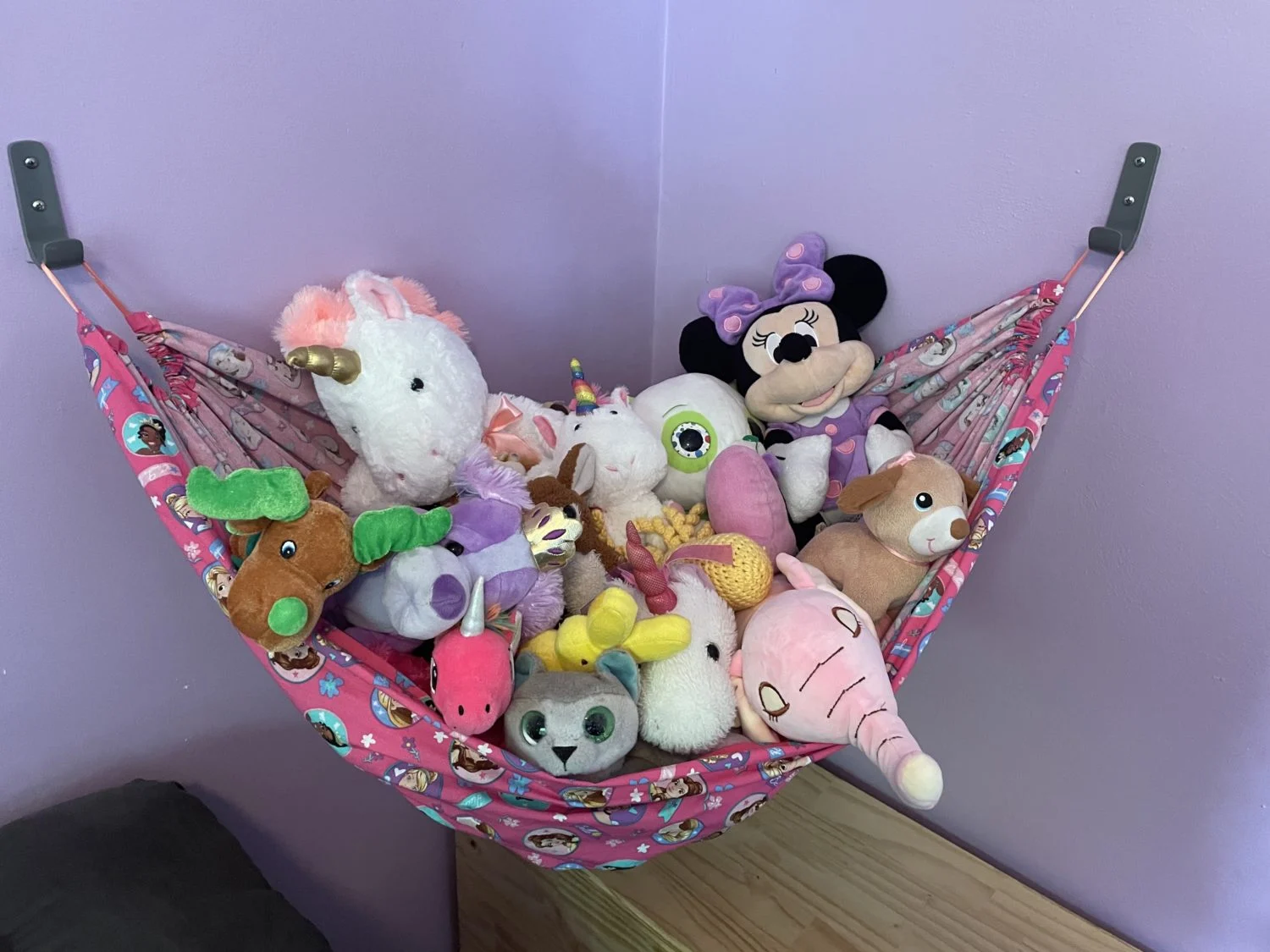
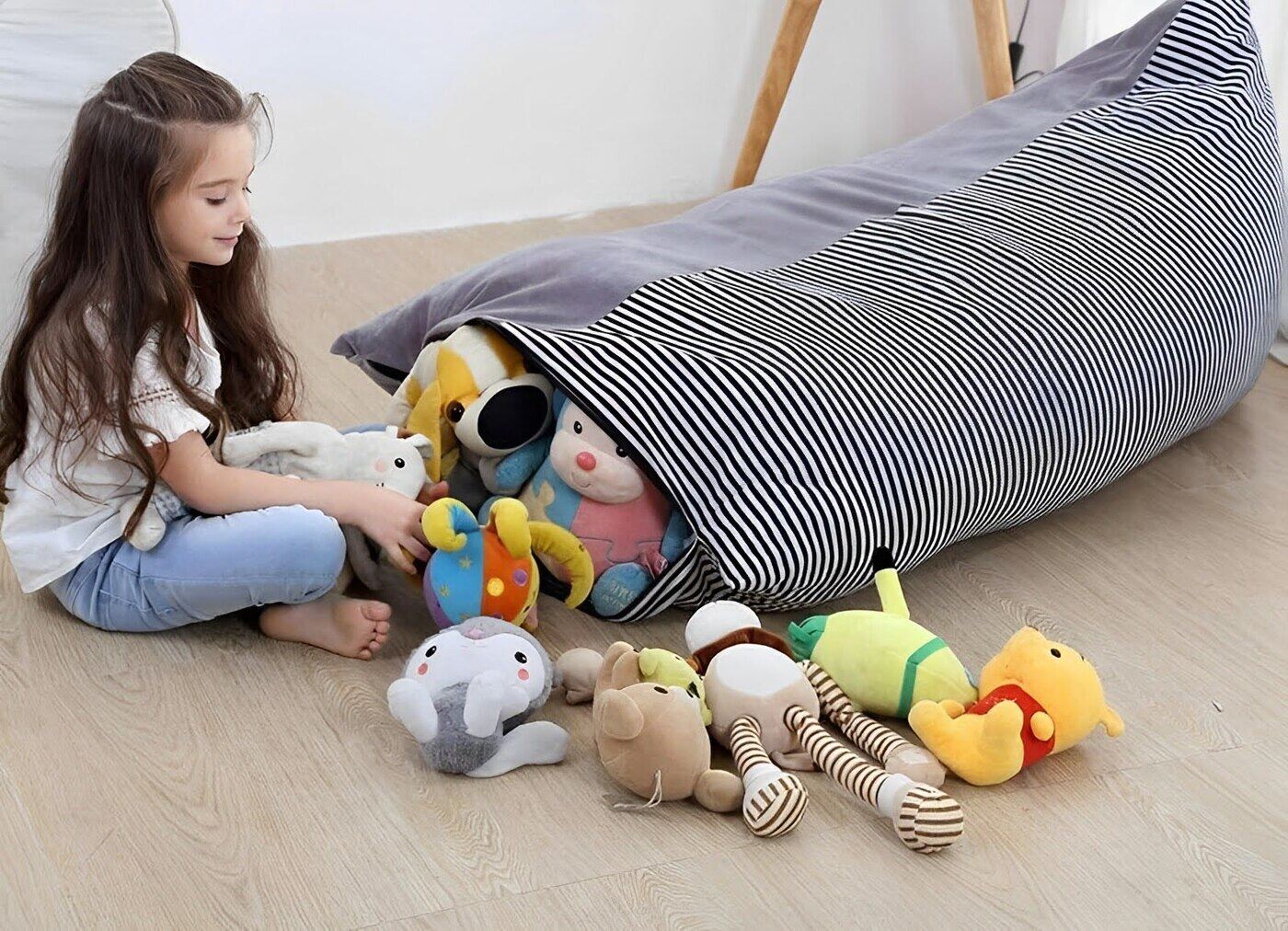
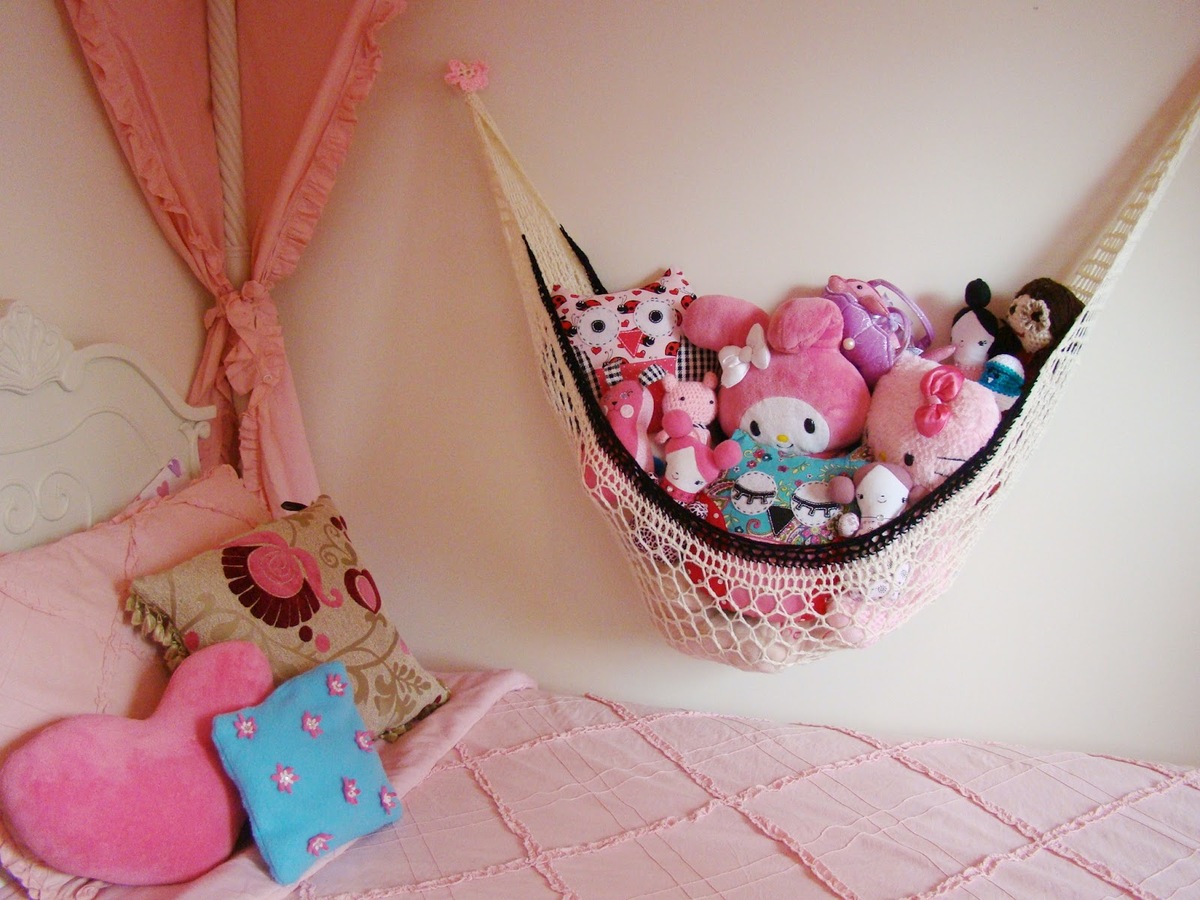
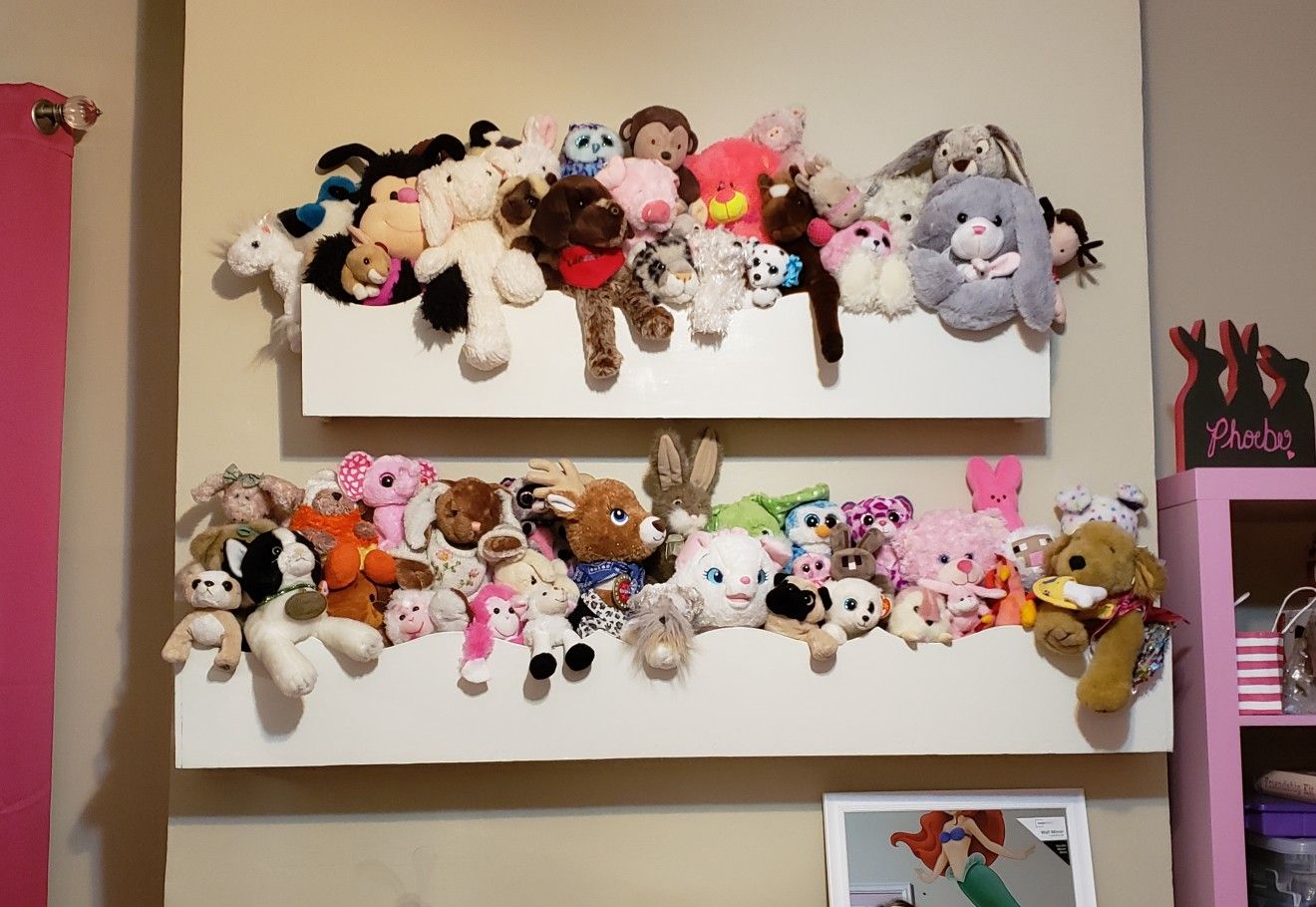
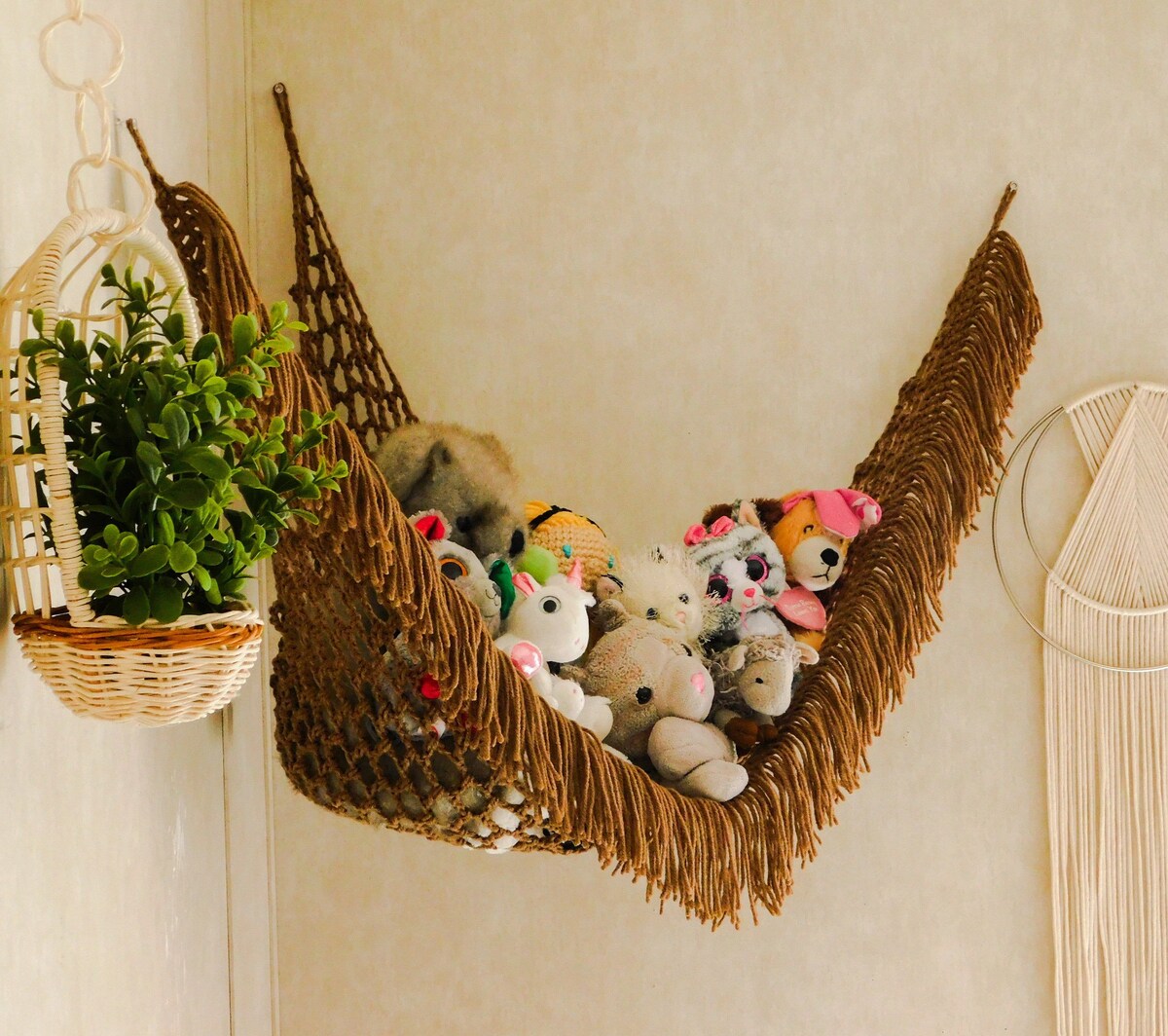
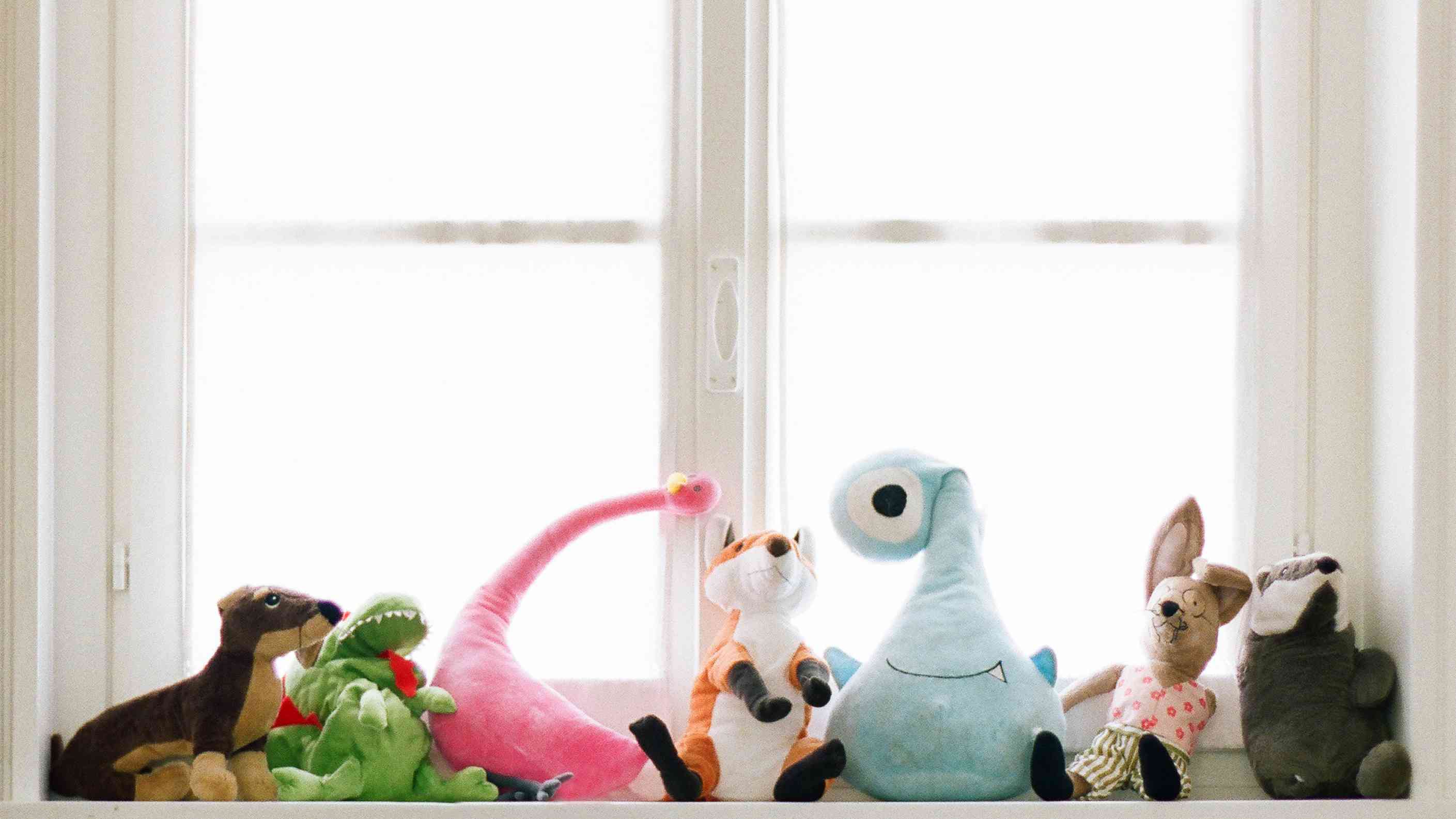
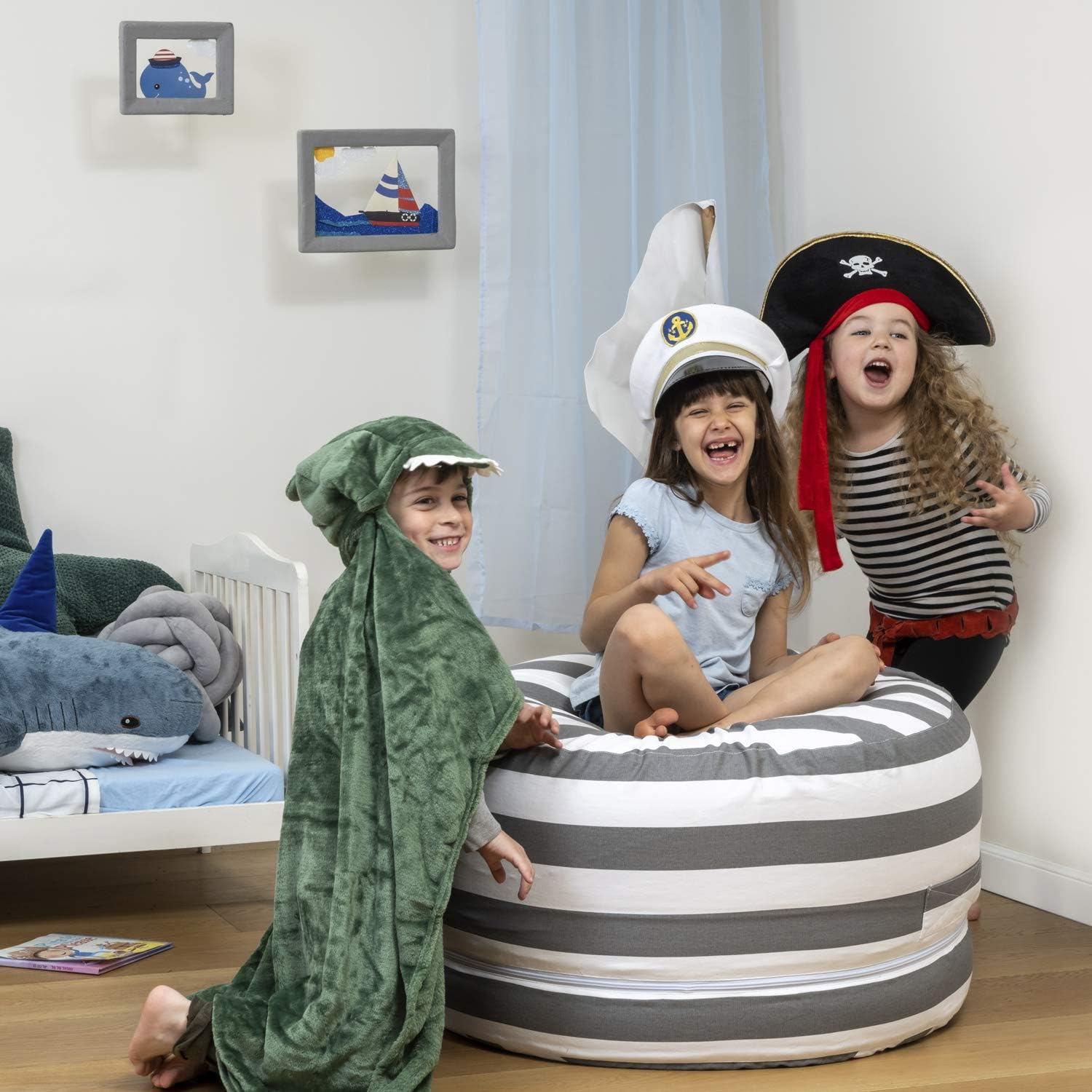
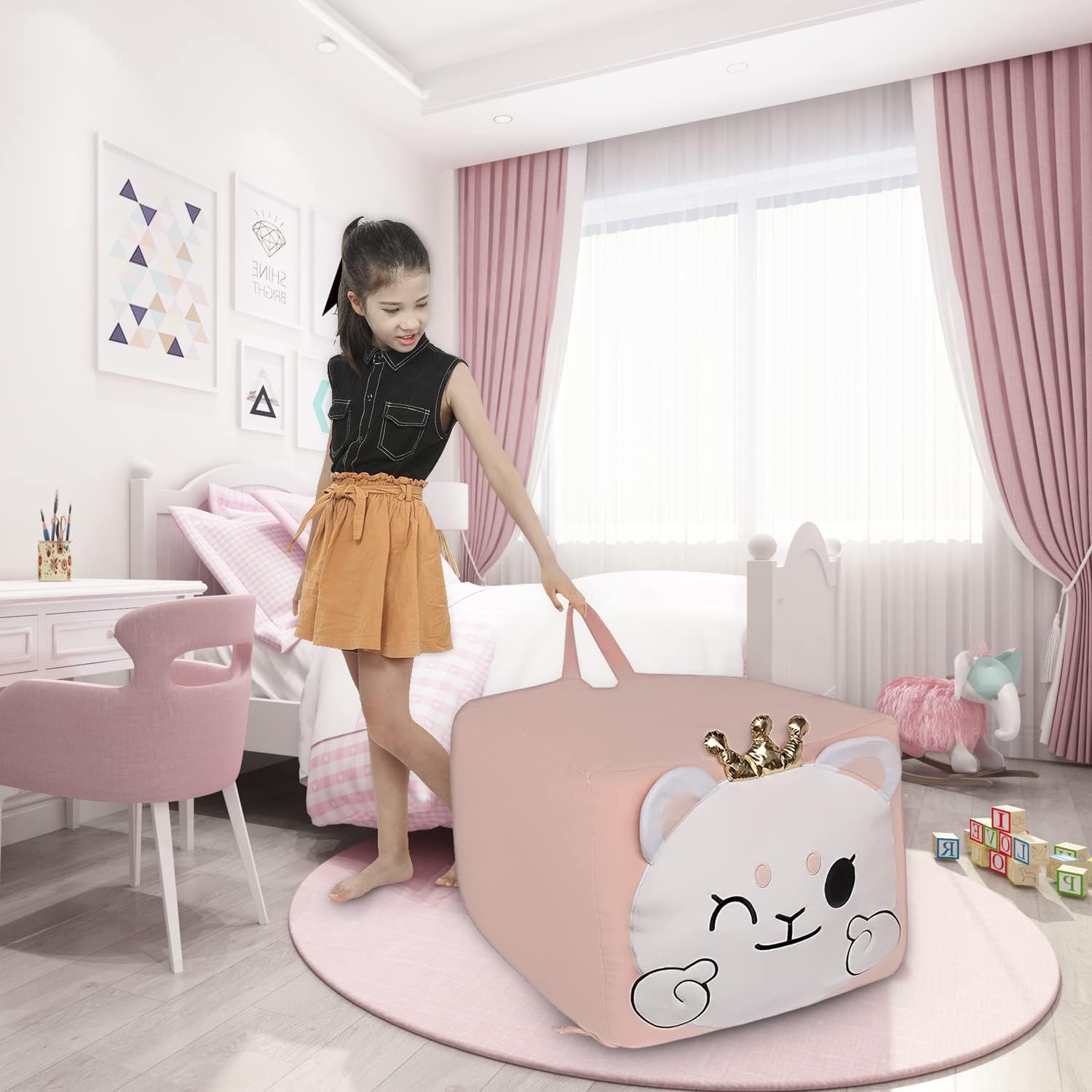
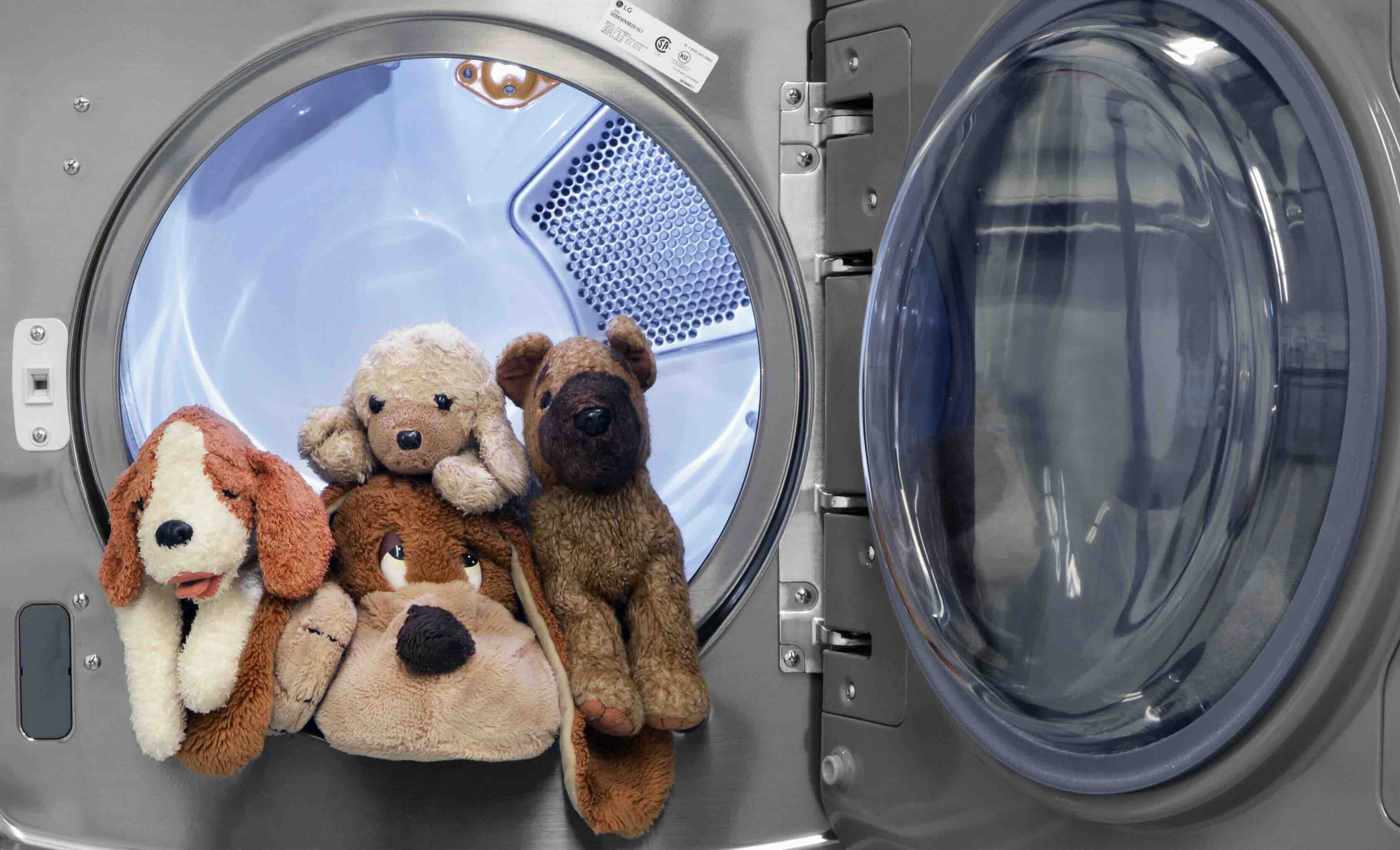
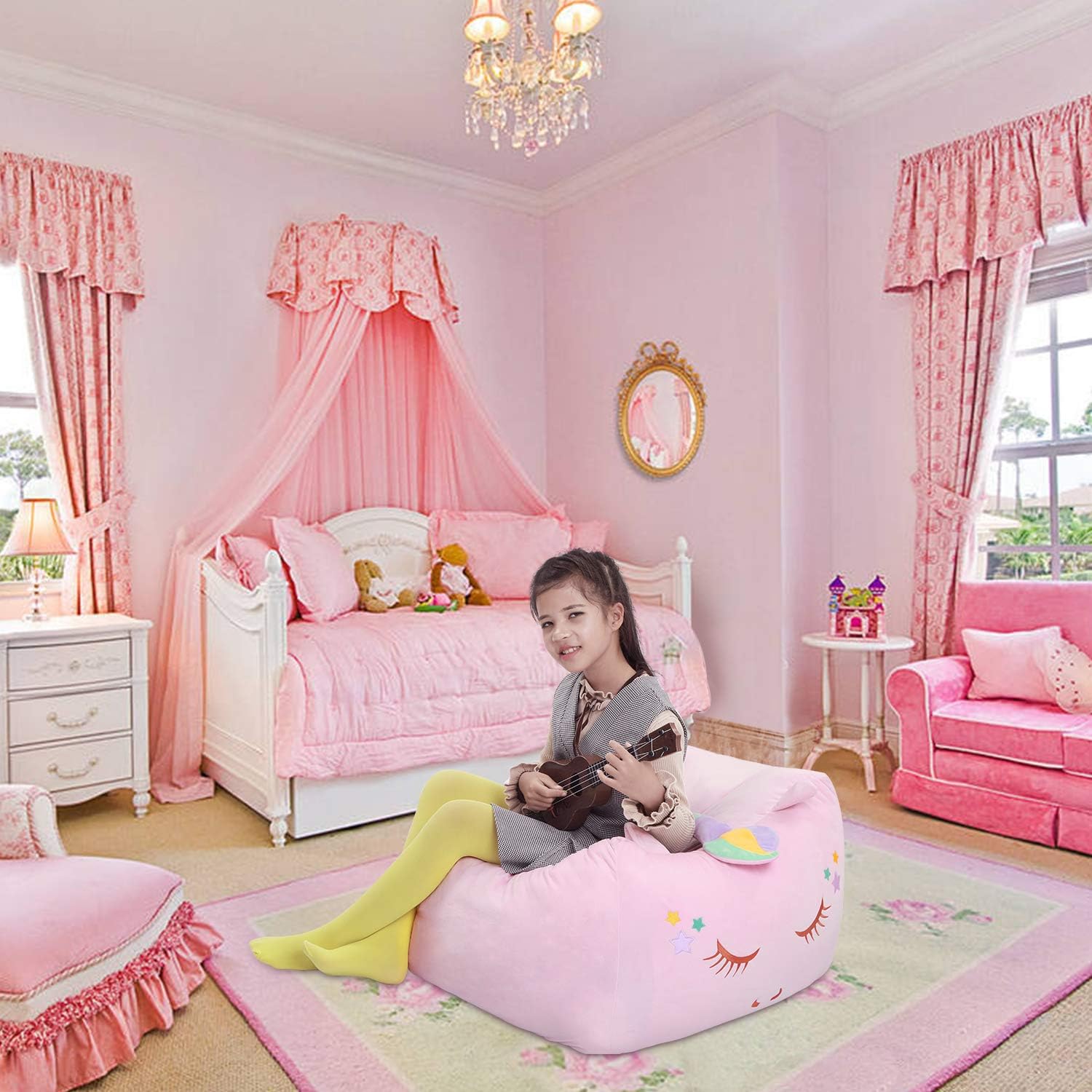




0 thoughts on “How To Wash Stuffed Animals And Ensure Favorites Stay Fresh”